Anarchism is a political philosophy and movement that is against all forms of authority and seeks to abolish the institutions it claims maintain unnecessary coercion and hierarchy, typically including the state and capitalism. Anarchism advocates for the replacement of the state with stateless societies and voluntary free associations. As a historically left-wing movement, this reading of anarchism is placed on the farthest left of the political spectrum, usually described as the libertarian wing of the socialist movement.
According to different scholars, the history of anarchism either goes back to ancient and prehistoric ideologies and social structures, or begins in the 19th century as a formal movement. As scholars and anarchist philosophers have held a range of views on what anarchism means, it is difficult to outline its history unambiguously. Some feel anarchism is a distinct, well-defined movement stemming from 19th-century class conflict, while others identify anarchist traits long before the earliest civilisations existed.
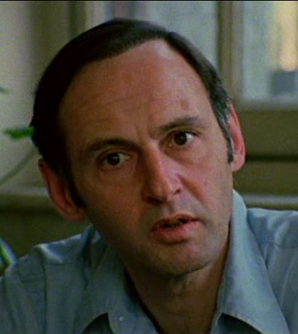
Paul Avrich was an American historian specialising in the 19th and early 20th century anarchist movement in Russia and the United States. He taught at Queens College, City University of New York, for his entire career, from 1961 to his retirement as distinguished professor of history in 1999. He wrote ten books, mostly about anarchism, including topics such as the 1886 Haymarket Riot, 1921 Sacco and Vanzetti case, 1921 Kronstadt naval base rebellion, and an oral history of the movement.
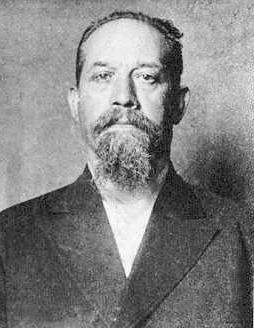
Luigi Galleani was an Italian insurrectionary anarchist best known for his advocacy of "propaganda of the deed", a strategy of political assassinations and violent attacks.
Anarchism in Russia developed out of the populist and nihilist movements' dissatisfaction with the government reforms of the time.
Alexander "Sanya" Moiseyevich Schapiro or Shapiro was a Russian anarcho-syndicalist activist. Born in southern Russia, Schapiro left Russia at an early age and spent most of his early activist years in London.
Marie Le Compte was an American journal editor and anarchist who was active during the early 1880s.
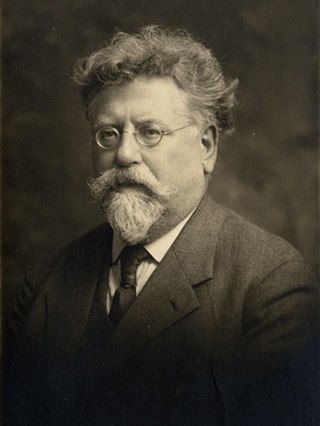
Johann Rudolf Rocker was a German anarchist writer and activist. He was born in Mainz to an artisan family.

The Modern School Movement: Anarchism and Education in the United States is a history book about Ferrer Schools by Paul Avrich.
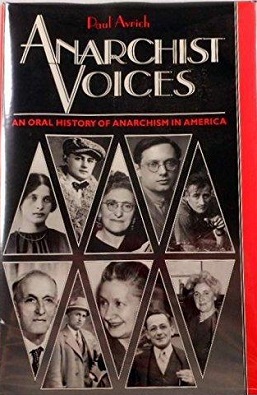
Anarchist Voices: An Oral History of Anarchism in America is a 1995 oral history book of 53 interviews with anarchists over 30 years by Paul Avrich.
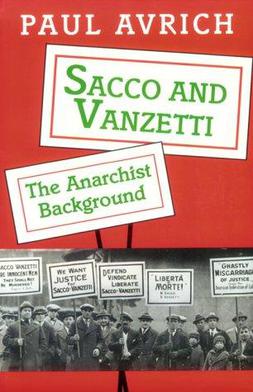
Sacco and Vanzetti: The Anarchist Background is a 1991 history book by Paul Avrich about Sacco and Vanzetti with a special emphasis on anarchist sources.
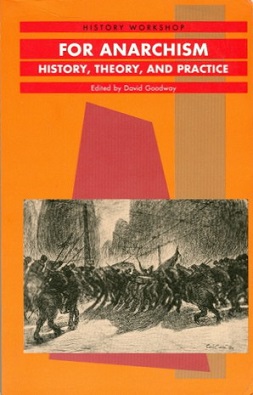
For Anarchism: History, Theory, and Practice is a 1989 book of essays by anarchists on the history, theory, and practice of anarchism. The essays, derived from Leeds Anarchist Research Group meetings in 1985 and 1986, was edited by David Goodway and published by Routledge.

Kropotkin is a biography of the Russian anarchist Peter Kropotkin written by historian Martin A. Miller and first published in 1976 by University of Chicago Press.

Freie Arbeiter Stimme was a Yiddish-language anarchist newspaper published from New York City's Lower East Side between 1890 and 1977. It was among the world's longest running anarchist journals, and the primary organ of the Jewish anarchist movement in the United States; at the time that it ceased publication it was the world's oldest Yiddish newspaper. Historian of anarchism Paul Avrich described the paper as playing a vital role in Jewish–American labor history and upholding a high literary standard, having published the most lauded writers and poets in Yiddish radicalism. The paper's editors were major figures in the Jewish–American anarchist movement: David Edelstadt, Saul Yanovsky, Joseph Cohen, Hillel Solotaroff, Roman Lewis, and Moshe Katz.

Jacob Abraham Maryson (1866–1941) was a Jewish–American anarchist, doctor, essayist and Yiddish translator. Maryson was among the few Pioneers of Liberty who could write in English. He was among the Pioneers who launched the Varhayt in 1889, the first American anarchist periodical in Yiddish.
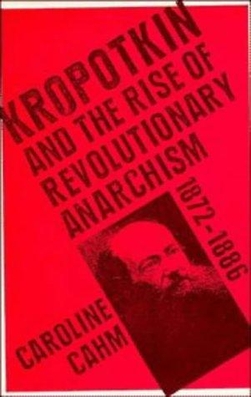
Kropotkin and the Rise of Revolutionary Anarchism, 1872–1886 is a history book by Caroline Cahm that traces anarchist Peter Kropotkin's ideas and influence within European radicalism and socialism during his life.
Marshall Sharon Shatz is an American historian and scholar of Russia.
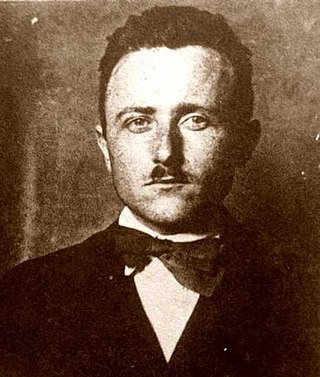
Raffaele Schiavina was an Italian anarchist newspaper editor and writer also known by the pseudonyms Max Sartin, and Bruno. From 1928 to 1970 he edited and wrote for the US-based Italian-language anarchist newspaper L’Adunata dei Refrattari.
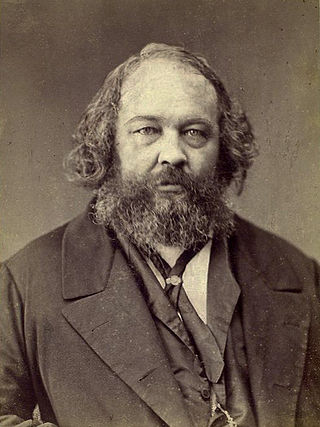
Mikhail Bakunin's Confession is an 1851 autobiographical work written by the imprisoned anarchist for clemency from Russian Emperor Nicholas I.













